What is up good people! Not even a year went by since the launch of OpenAI’s previous language models GPT-3 that had generated significant attention and discussions in the tech community and beyond. OpenAI has launched its new language model GPT-4 based on the GPT-3.5 architecture.
GPT-3, in particular, was praised for its remarkable language capabilities, but also faced criticism and concerns regarding ethical implications, such as potential misuse and biased outputs. Given the potential advancements and limitations of GPT-3, it is reasonable to expect that people’s reactions to GPT-4 would be similarly mixed. Some may anticipate even more remarkable language capabilities, while others may express concerns over potential ethical implications and the need for responsible development and deployment. Lets deep dive into the article and try to explore everything about the newly launched OpenAI’s language model GPT-4.
What is GPT-4?
ChatGPT-4 is the fourth iteration of a large language model developed by OpenAI, based on the GPT-3.5 architecture. This language model is designed to understand and generate natural language in a way that is similar to how humans communicate. The GPT-3.5 architecture is an advancement of the GPT-3 architecture that improves upon its predecessor’s performance in generating natural language.
The purpose of ChatGPT-4 is to improve the accuracy and efficiency of natural language processing tasks such as language translation, chatbot conversations, and text summarization. It does this by training on large amounts of data, which allows it to learn patterns and relationships in language. This training process is done using unsupervised learning techniques, which means that the model is not given specific instructions on how to complete a task. Instead, it learns from the data it is given.
What makes GPT-4 better than the old version?
- Image Input: You can get a response to your GPT-4 picture input in the form of code, instructions, or made-up opinions. As a result, you will be able to submit a distinct image along with a set of precise instructions, queries, or opinions, and GPT-4 will be able to return a structured response that takes into account both sets of data as inputs. Though there are obviously more sophisticated and imaginative applications conceivable with the latest version, one example would be to enter an image of a pattern of forms and ask GPT-4 which shape completes the pattern.
- Improved Language Understanding: OpenAI’s language models have shown significant advancements in understanding and generating natural language, particularly with regards to context and syntax. GPT-4 is likely to continue this trend, further improving the model’s language understanding and generation capabilities.
- Increased Data Efficiency: OpenAI has also made significant strides in increasing the data efficiency of their language models, meaning that the models can learn from less data while achieving better performance. GPT-4 may build upon this efficiency, allowing the model to learn from even less data while still improving its language capabilities.
- Expanded Multilingual Capabilities: OpenAI’s language models have also shown improvements in handling multiple languages, including translation and language generation. GPT-4 may further expand these capabilities, making it even more versatile in handling natural language tasks across multiple languages.
- Enhanced Fine-tuning: Fine-tuning is the process of adapting a pre-trained language model to a specific task or domain. OpenAI has made improvements in fine-tuning techniques, allowing the models to adapt more effectively to specific tasks and domains. GPT-4 may further improve upon these techniques, making it even more effective at adapting to various language tasks.

Helpful for visually impaired & Teaching Languages
OpenAI has teamed up with the well-known language learning software Duolingo. With the help of a chatbot that answers to your words and corrects you when necessary, this technology enables you to hold natural conversations in another language.
Helping those who are visually handicapped is another significant use case that OpenAI presented. A virtual assistant that can help individuals grasp the context of what they’re seeing around them was developed by OpenAI using GPT-4 in collaboration with Be My Eyes, an app that enables visually impaired people to receive on-demand assistance from a sighted person via video chat.
Limitations To GPT-4
ChatGPT-4 is not without limitations, however. While it is an impressive advancement in natural language processing, it still struggles with understanding sarcasm, irony, and humor. Additionally, the model is prone to generating biased responses if the data it has been trained on is biased.
How to use GPT-4?
While you can’t currently access GPT-4 on the free version of ChatGPT, using GPT-4 as a part of Bing Talk is the simplest way to get started. However, some GPT-4 capabilities, including visual input, are still absent from Bing Chat. Yet you’ll still have access to the additional intelligence that comes with the extended LLM (large language model). It should be noted that although Bing Chat is free, there you will get 15-chat session limit and a daily session limit of 150.
Second best and straight option is upgrading to ChatGPT Plus, for getting access to GPT-4. You just need to Click “Upgrade to Plus” in the ChatGPT sidebar to upgrade to the $20 premium subscription. You can switch between GPT-4 and earlier iterations of the LLM after providing your credit card details. As GPT-4 responses use a black logo rather than the green emblem used for older versions, you can even confirm that you are receiving GPT-4 responses.
The process of utilising GPT-4 after then is the same as using ChatGPT Plus with GPT-3.5. It is more powerful than ChatGPT and lets you adjust a dataset to produce results that are specific to your needs.
Also Read :: Alternatives For ChatGPT In 2023
Can AI replace your job?
AI has the potential to replace certain human jobs, particularly those that involve repetitive or routine tasks that can be automated using machine learning algorithms. Jobs that involve data entry, analysis, and processing are particularly vulnerable to being replaced by AI. Sadly, ChatGPT-4 lists a few human jobs it can replace easily, check out the list below:
- Copywriter
- Data Entry Jobs
- Email Marketere
- Content Writer
- Tutor
- Technical Support Analyst
- Social Media Manager
However, it is important to note that AI is not a monolithic entity that can replace all human jobs. There are many tasks and jobs that require human skills and expertise, such as creativity, empathy, critical thinking, and problem-solving. For example, jobs in healthcare, education, and social services are less likely to be replaced by AI, as they require human interaction and decision-making skills that AI is not yet capable of replicating.
Also Read :: Use ChatGPT-4 For Free
Final Words…
In conclusion, ChatGPT-4 is a significant advancement in natural language processing technology. Its ability to understand context and handle multiple languages makes it a valuable tool for various language-related tasks. However, its limitations must be kept in mind, and precautions must be taken to prevent biased responses. As with any technology, the effectiveness of ChatGPT-4 will continue to improve as it is further developed and refined.

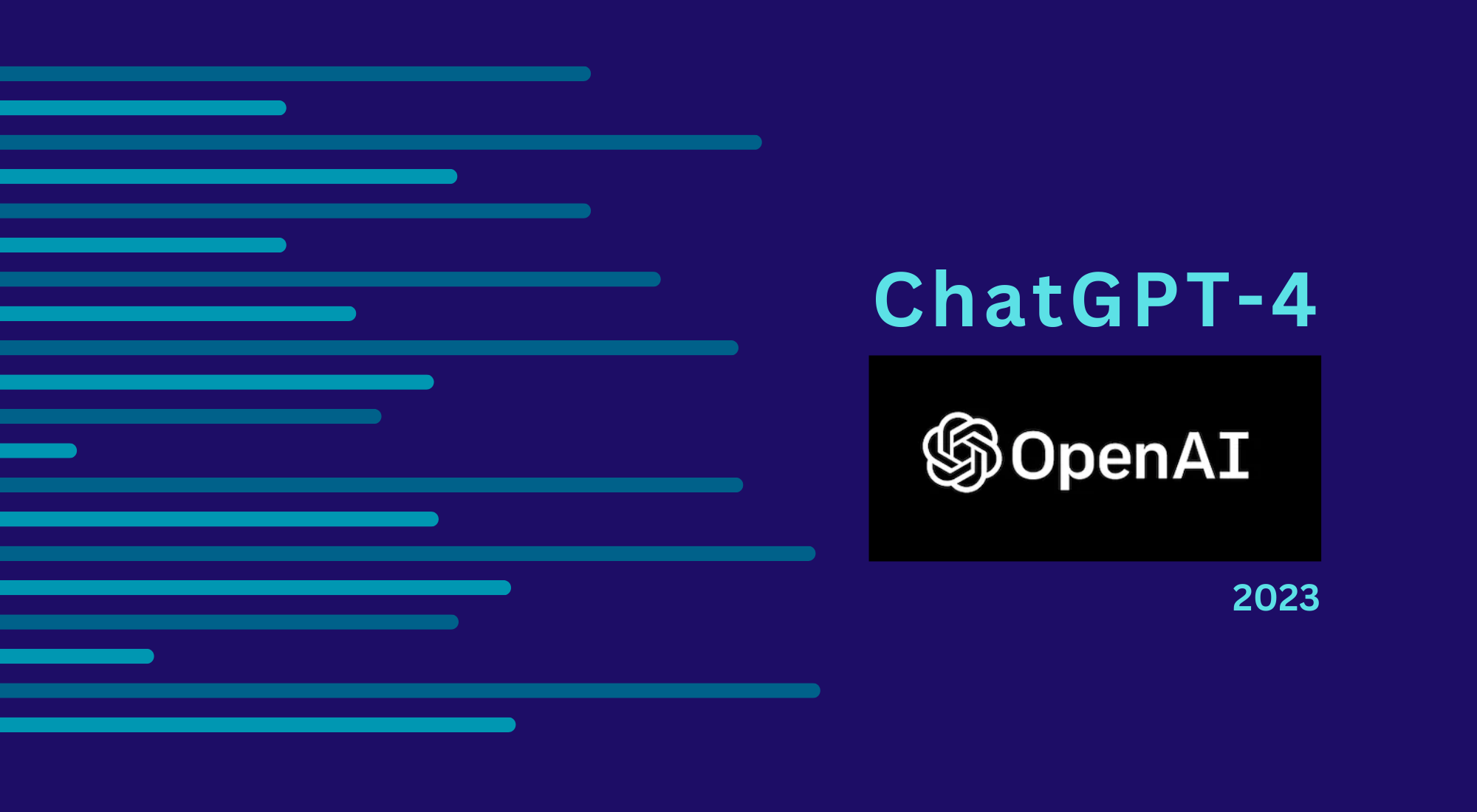

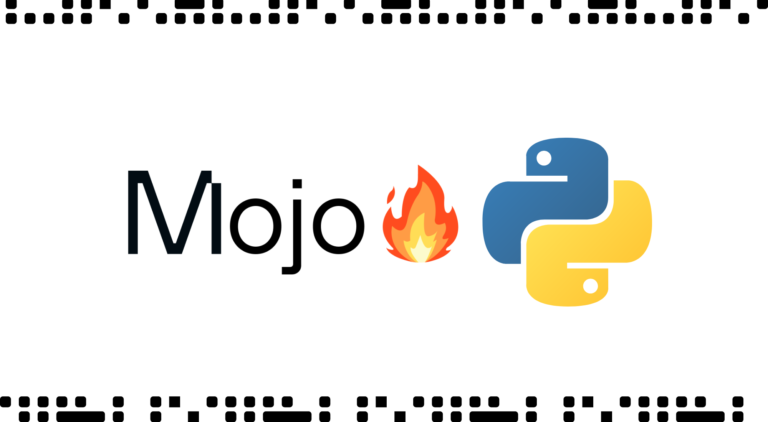
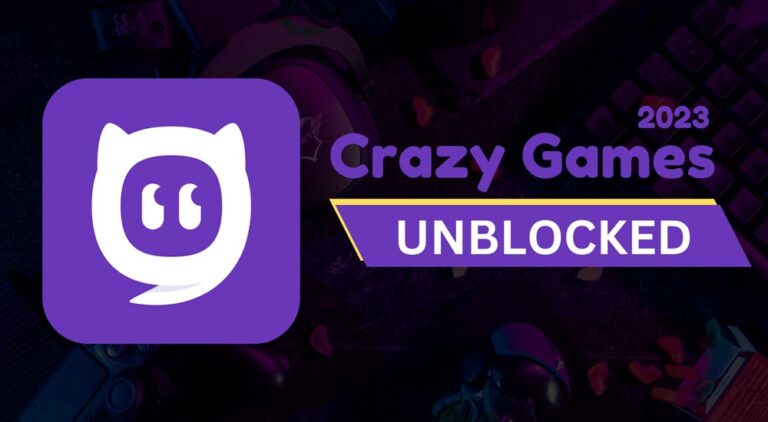
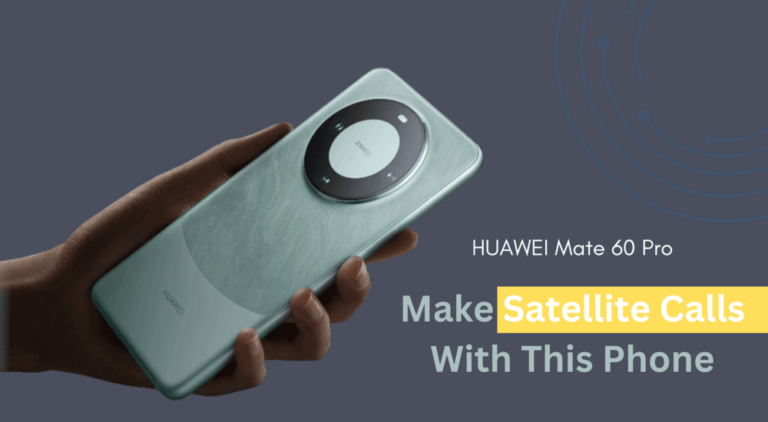
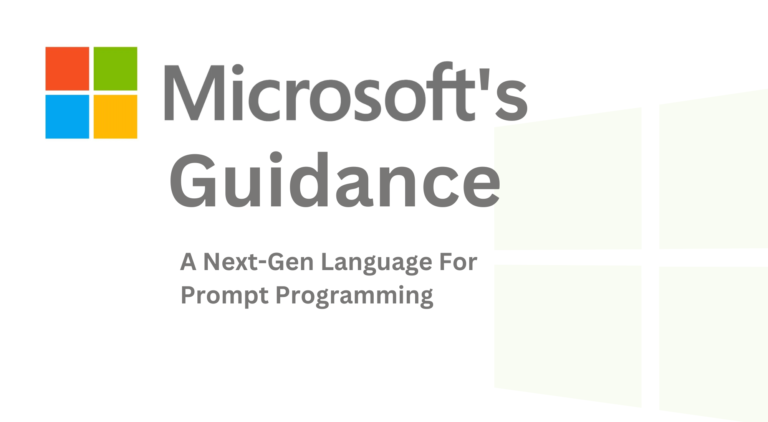
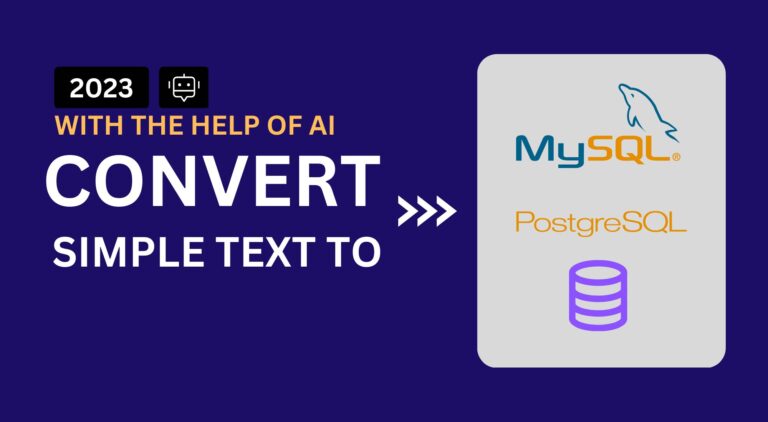
One Comment
Comments are closed.